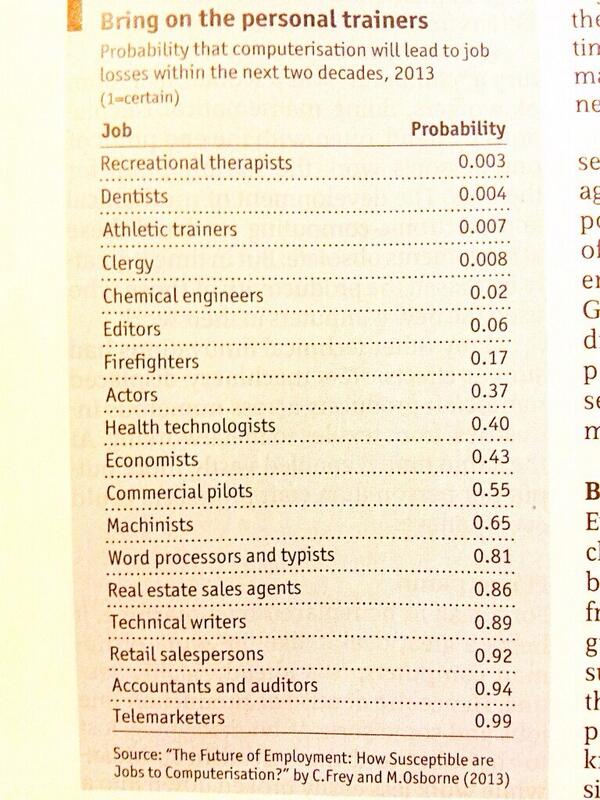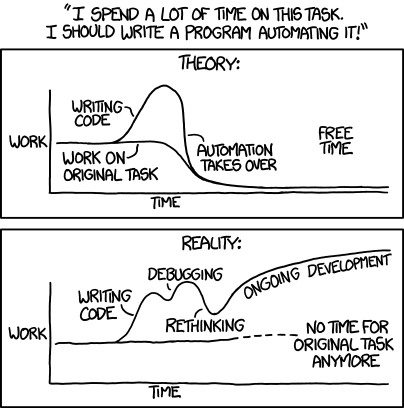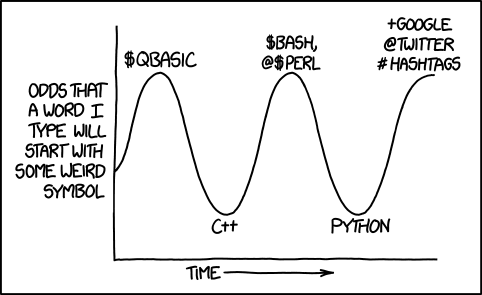Snowden Used Low-Cost Tool to Best N.S.A. by David E. Sanger and Eric Schmitt.
From the post:
Intelligence officials investigating how Edward J. Snowden gained access to a huge trove of the country’s most highly classified documents say they have determined that he used inexpensive and widely available software to “scrape” the National Security Agency’s networks, and kept at it even after he was briefly challenged by agency officials.
Using “web crawler” software designed to search, index and back up a website, Mr. Snowden “scraped data out of our systems” while he went about his day job, according to a senior intelligence official. “We do not believe this was an individual sitting at a machine and downloading this much material in sequence,” the official said. The process, he added, was “quite automated.”
The findings are striking because the N.S.A.’s mission includes protecting the nation’s most sensitive military and intelligence computer systems from cyberattacks, especially the sophisticated attacks that emanate from Russia and China. Mr. Snowden’s “insider attack,” by contrast, was hardly sophisticated and should have been easily detected, investigators found.
Moreover, Mr. Snowden succeeded nearly three years after the WikiLeaks disclosures, in which military and State Department files, of far less sensitivity, were taken using similar techniques.
Mr. Snowden had broad access to the N.S.A.’s complete files because he was working as a technology contractor for the agency in Hawaii, helping to manage the agency’s computer systems in an outpost that focuses on China and North Korea. A web crawler, also called a spider, automatically moves from website to website, following links embedded in each document, and can be programmed to copy everything in its path.
….
A highly amusing article that explains the ongoing Snowden leaks and perhaps a basis for projecting when Snowden leaks will stop….not any time soon! The suspicion is that Snowden may have copied 1.7 million files.
Not with drag-n-drop but using a program!
I’m sure that was news to a lot of managers in both industry and government.
Now of course the government is buttoning up all the information (allegedly), which will hinder access to materials by those with legitimate need.
It’s one thing to have these “true to your school” types in management at agencies where performance isn’t expected or tolerated. But in a spy agency that you are trying to use to save your citizens from themselves, that’s just self-defeating.
The real solution for the NSA and any other agency where you need high grade operations is to institute an Apache meritocracy process to manage both projects and to fill management slots. It would not be open source or leak to the press, at least not any more than it does now.
The upside would be the growth, over a period of years, of highly trained and competent personnel who would institute procedures that assisted with their primary functions, not simply to enable the hiring of contractors.
It’s worth a try, the NSA could hardly do worse than it is now.
PS: I do think the NSA is violating the U.S. Constitution but the main source of my ire is their incompetence in doing so. Gathering up phone numbers because they are easy to connect for example. Drunks under the streetlight.
PPS: This is also a reminder that it isn’t the cost/size of the tool but the effectiveness with which it is used that makes a real difference.









